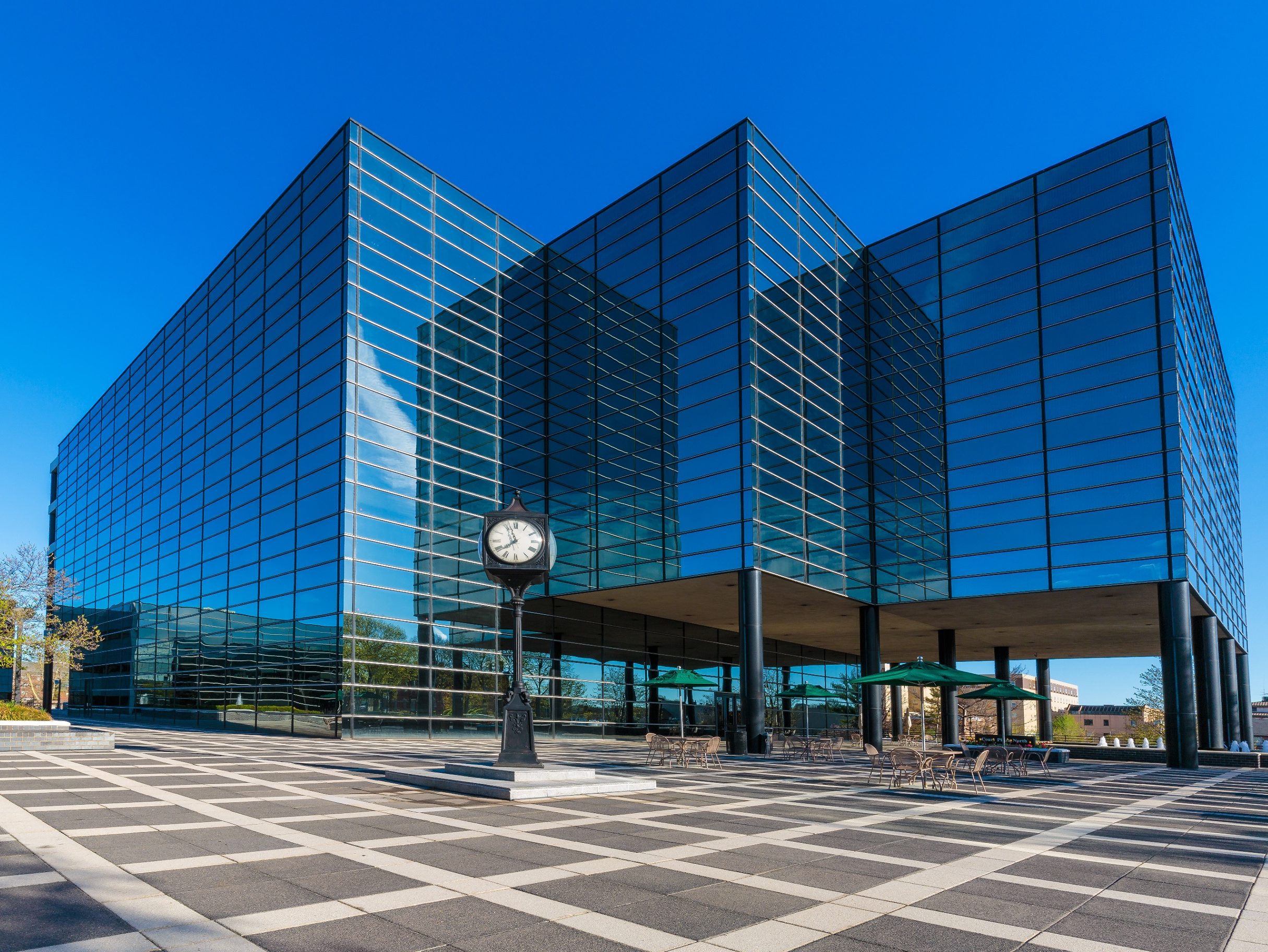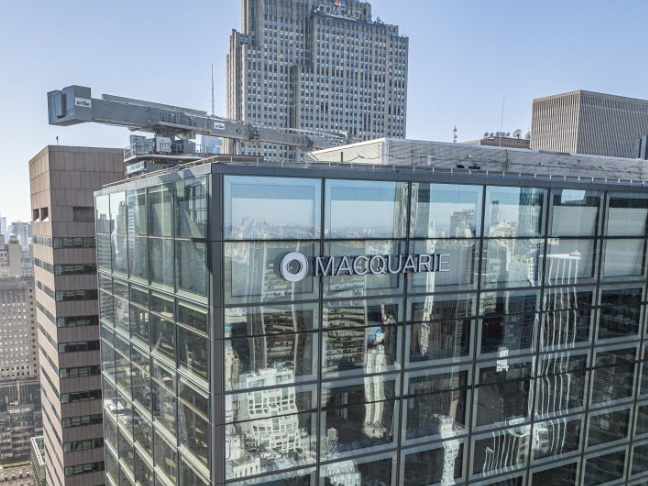Where Is the Lending Money Coming From?
With 2017 marking the last year of the "CMBS maturity wall," SVN Institutional Capital Markets Chair Gabriel Silverstein delves into the main sources refinancing the roughly $10 billion per month that is coming due.
By Gabriel Silverstein, Institutional Capital Markets Chair, SVN
 2017 is the last year of the “CMBS maturity wall” that has been assumed to force investment sales, and, in many cases, drive foreclosure and REO activity across many commercial real estate sectors. Thankfully, a significant amount of the CMBS debt originally scheduled to mature this year was paid off before the year began, but roughly $10 billion per month is still coming due.
2017 is the last year of the “CMBS maturity wall” that has been assumed to force investment sales, and, in many cases, drive foreclosure and REO activity across many commercial real estate sectors. Thankfully, a significant amount of the CMBS debt originally scheduled to mature this year was paid off before the year began, but roughly $10 billion per month is still coming due.
Several years ago it appeared that CMBS market strength was returning to a point that it could provide the needed liquidity for a large amount of its own maturities. That market, however, has faced both regulatory and market headwinds that have severely stifled its origination levels, which have actually fallen the past two years, even as the rest of the market has increased its new issuance.
The Mortgage Bankers’ Association (MBA) is predicting that 2017 will see a record volume of new CRE debt issuance: $515 billion versus 2007’s current record of $507 billion. “On a year-over-year basis, the amount of mortgage debt outstanding at the end of 2016 was $162.0 billion higher than at the end of 2015, an increase of 5.8 percent,” the MBA reported.
They also reported that the total year-end outstanding commercial mortgage debt was $2.96 trillion, of which $1.14 trillion was multifamily loans.
If the CMBS market isn’t refinancing its own maturities, who is?
Here are the sources, from smallest market share to largest:
- Debt funds, private lenders, REITs and other non-regulated providers. 12.3 percent of outstanding debt levels are from these alternative lenders, who are generally not strictly regulated by the government. They are often, however, backed by insurance companies or pension funds (who are regulated), yet they are allowed to invest in these vehicles that aren’t themselves subject to the same scrutiny those investors face when they are direct lenders.
- Life insurance companies. Generally long-term, fixed-rate lenders, though also construction lenders in some instances, LifeCos hold 14.2 percent of the outstanding CRE debt. They are issuing new loans at their highest dollar levels ever.
- CMBS. The only group that saw its outstanding loan balances go down in the past year, CMBS, CDO and other securitized lending vehicles represent 15.5 percent of the outstanding CRE debt pie. CMBS issued only one-fourth of its 2007 loan totals last year. Often overlooked is that a significant amount of CMBS paper is held by the same life insurance companies that are direct lenders as well.
- Agency and GSE. The nickname gang (Freddie, Fannie, Ginnie, etc.) hold 17.6 percent of the outstanding CRE debt in the US, but their debt is generally concentrated entirely in multifamily loans. They have been incredibly active lenders in the multifamily sector in the past several years.
- Banks and thrifts. Usually shorter-term lenders, often floating-rate loan providers, 40.4 percent of the CRE debt outstanding is held by local, regional and national banks and thrifts, and their balances increased the most last year. As the last of the CMBS maturity wall moves to the rearview mirror, they are providing a surprisingly large share of the market’s liquidity.
Gabriel Silverstein, SIOR, is the managing director of New York City-based SVN | Angelic and is SVN’s Institutional Capital Markets chair.







You must be logged in to post a comment.